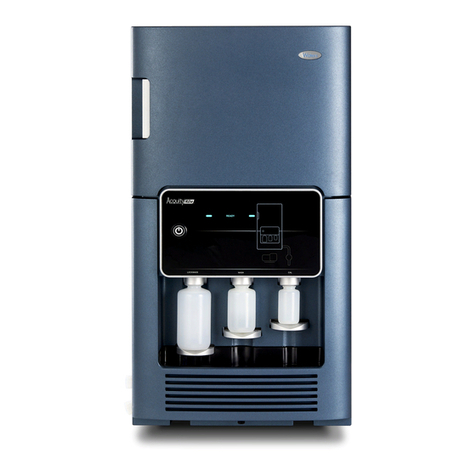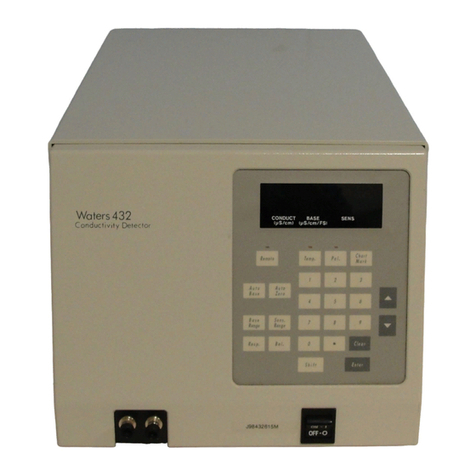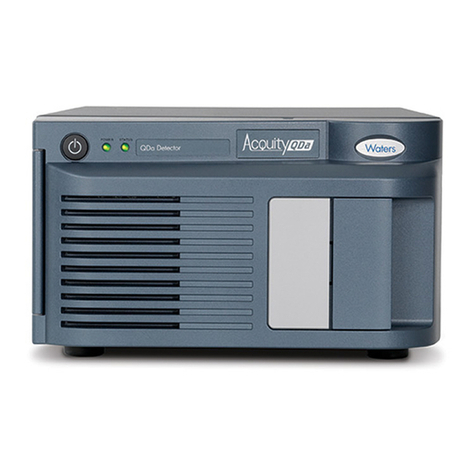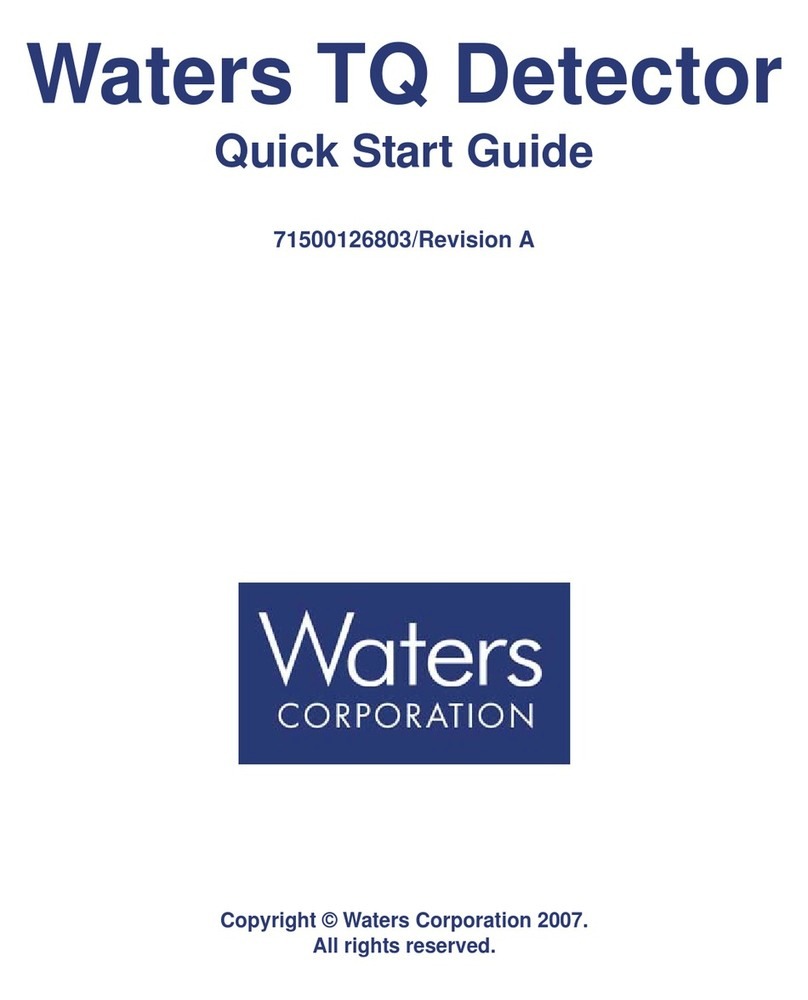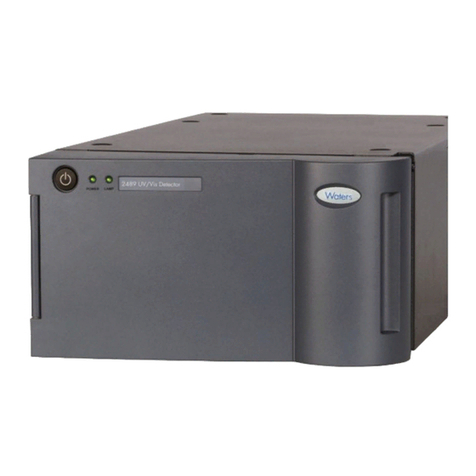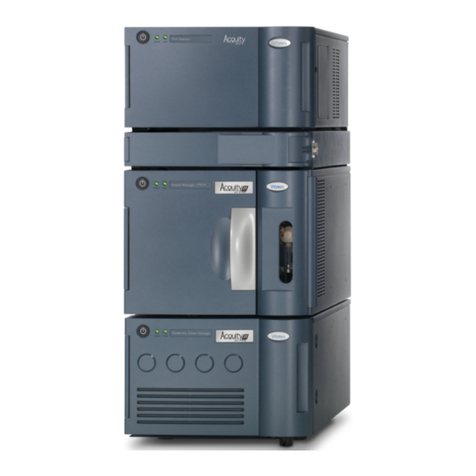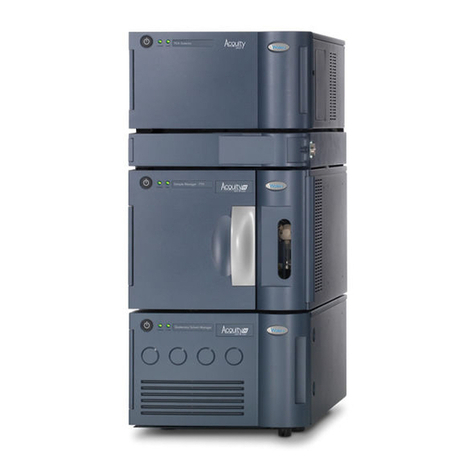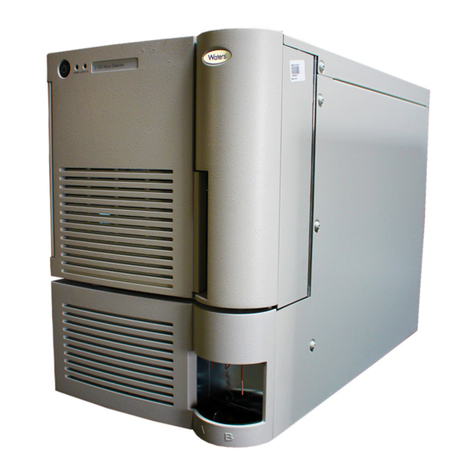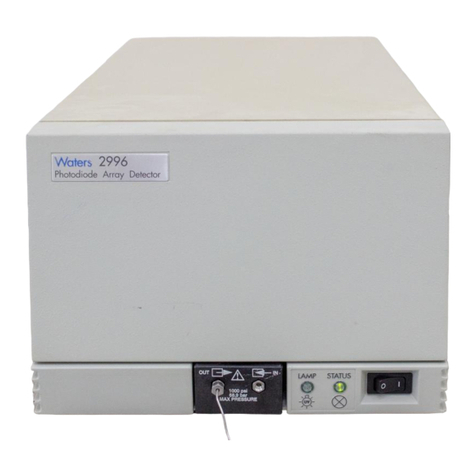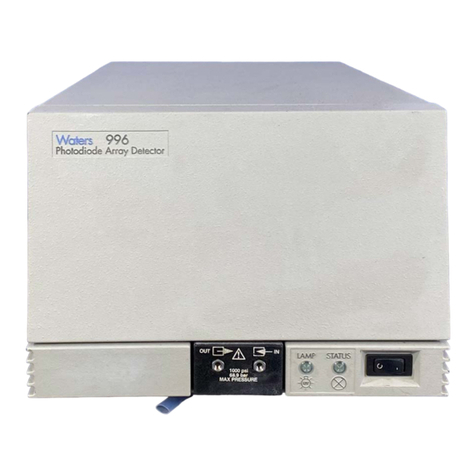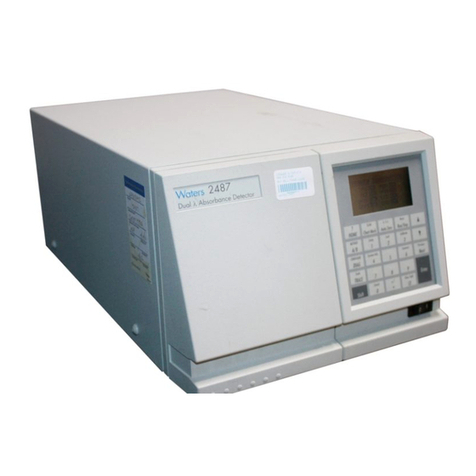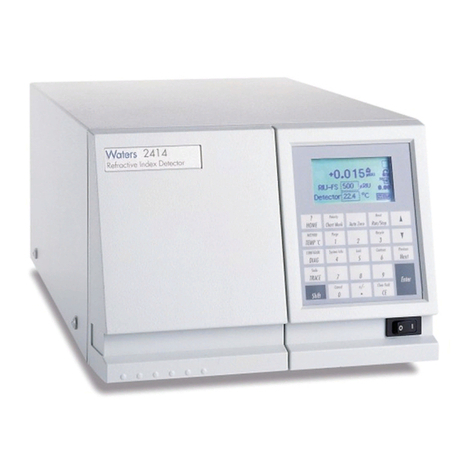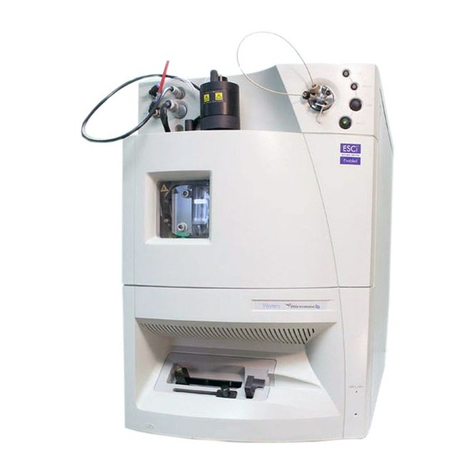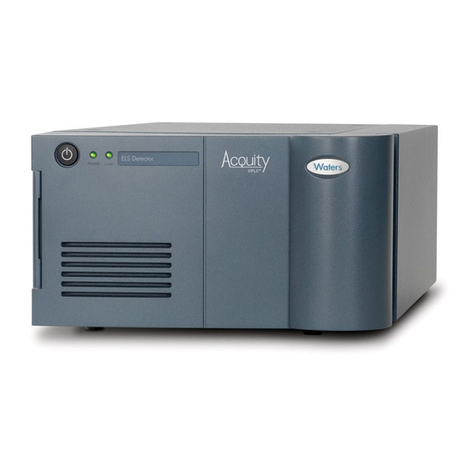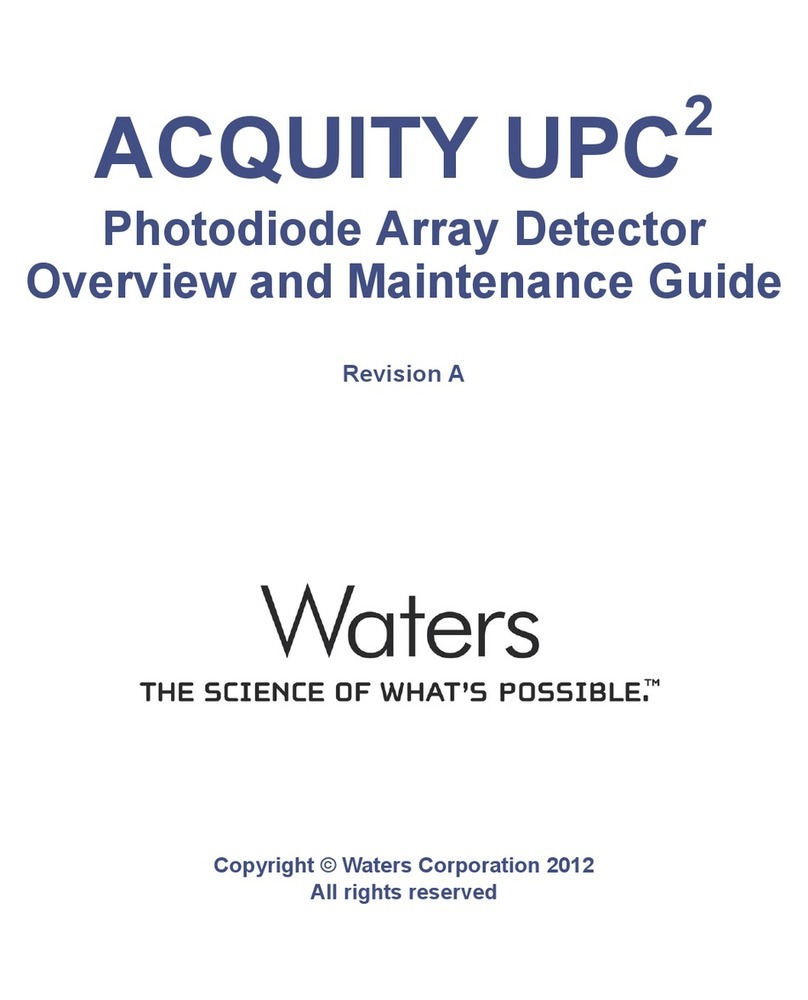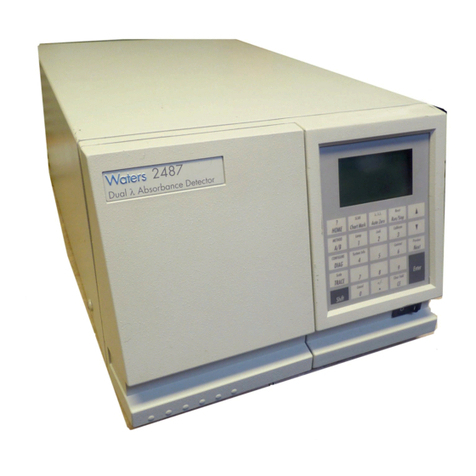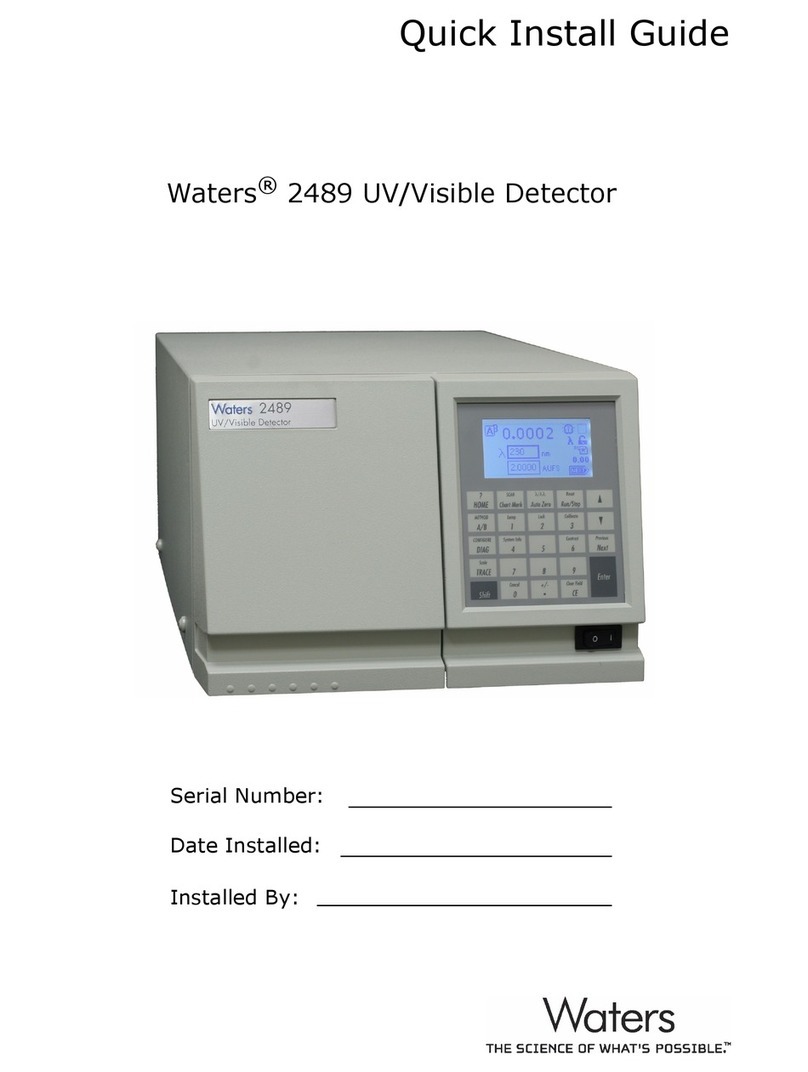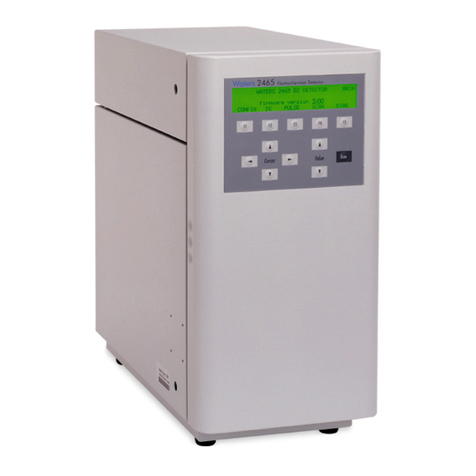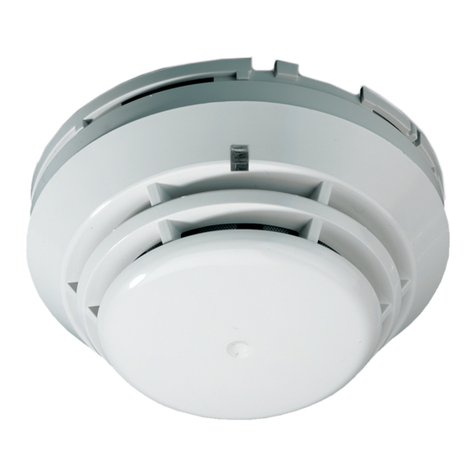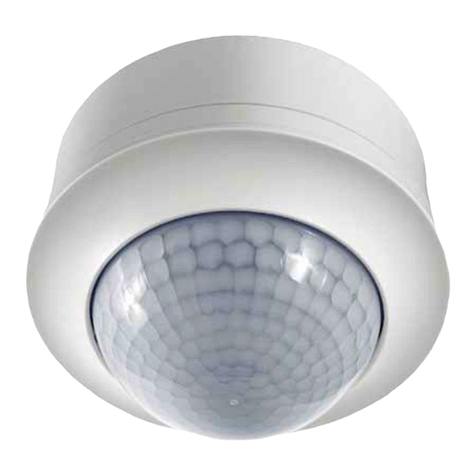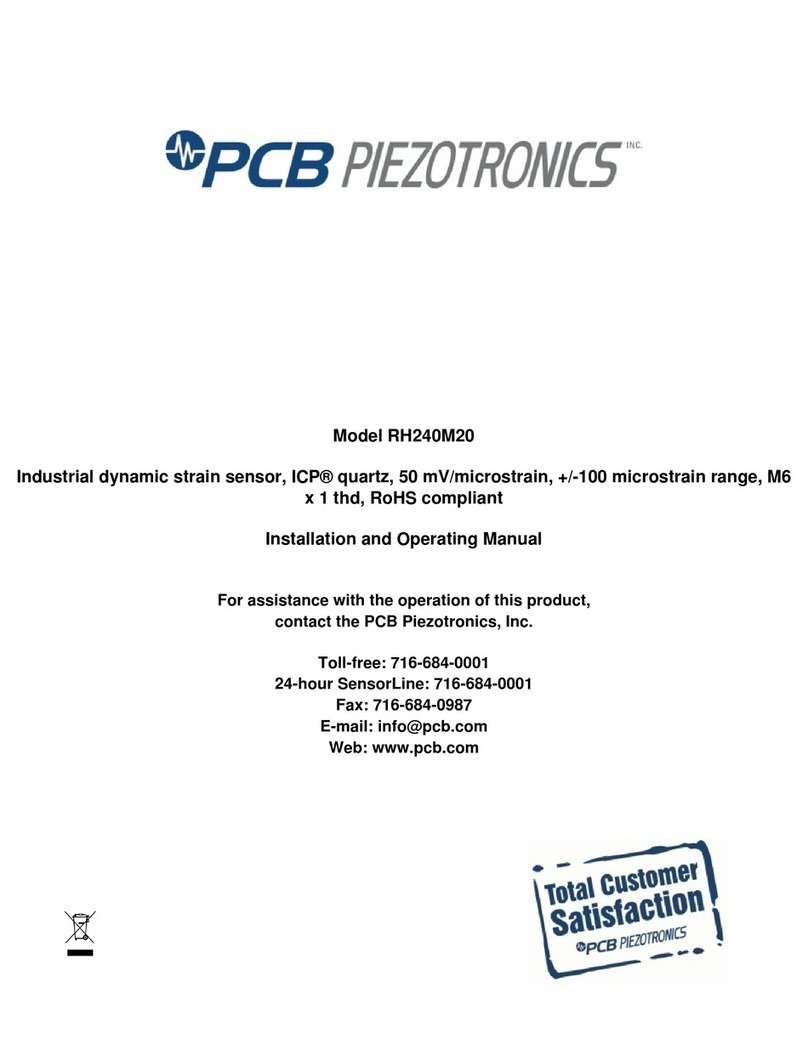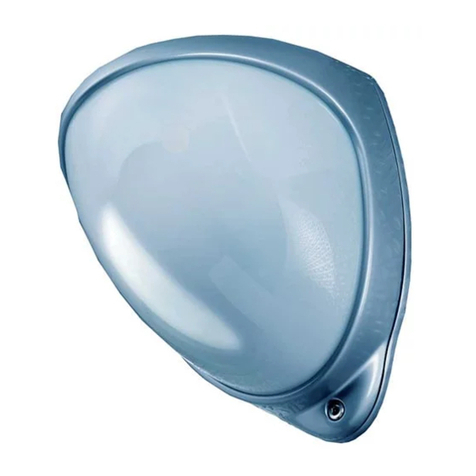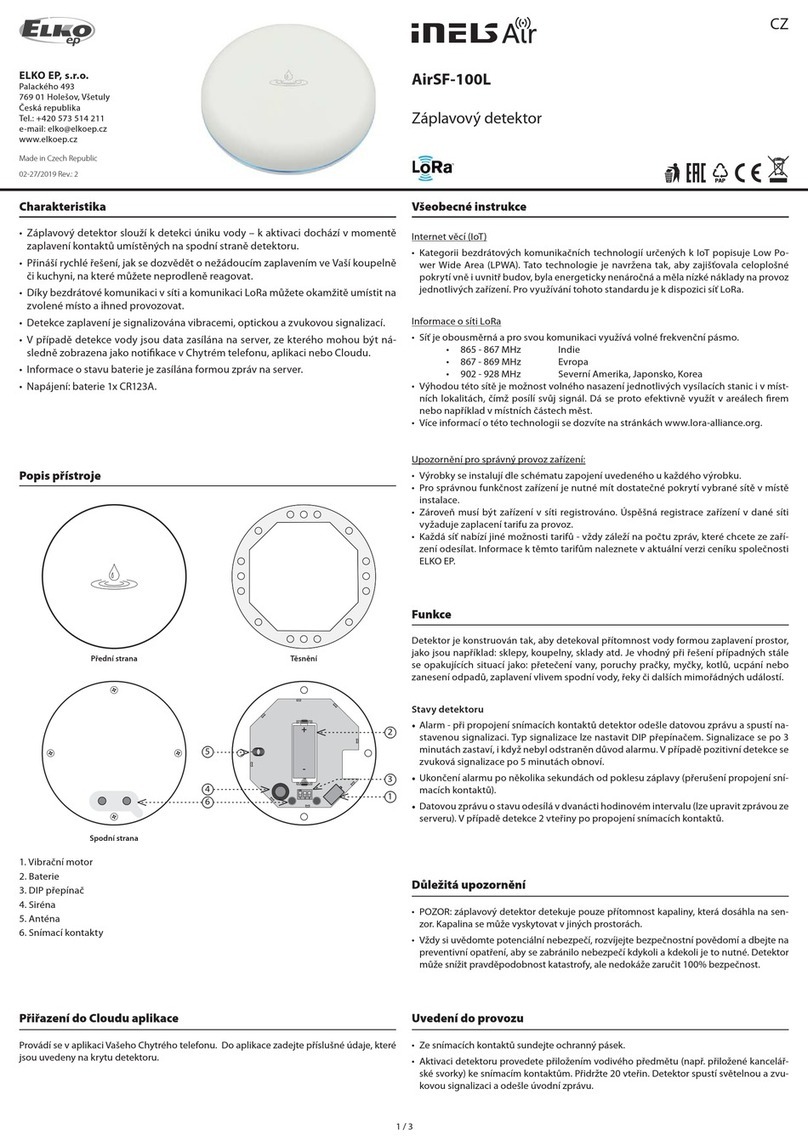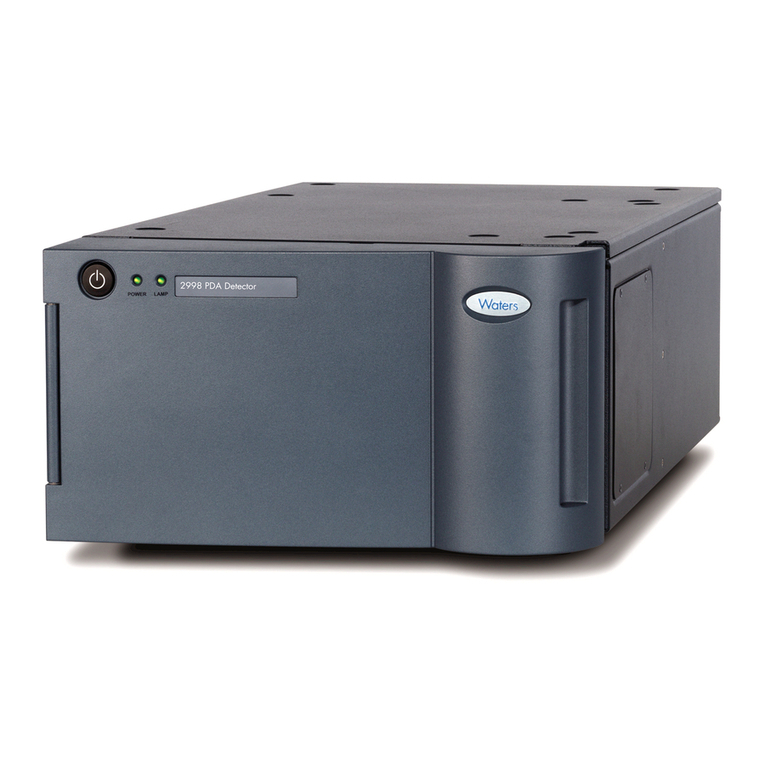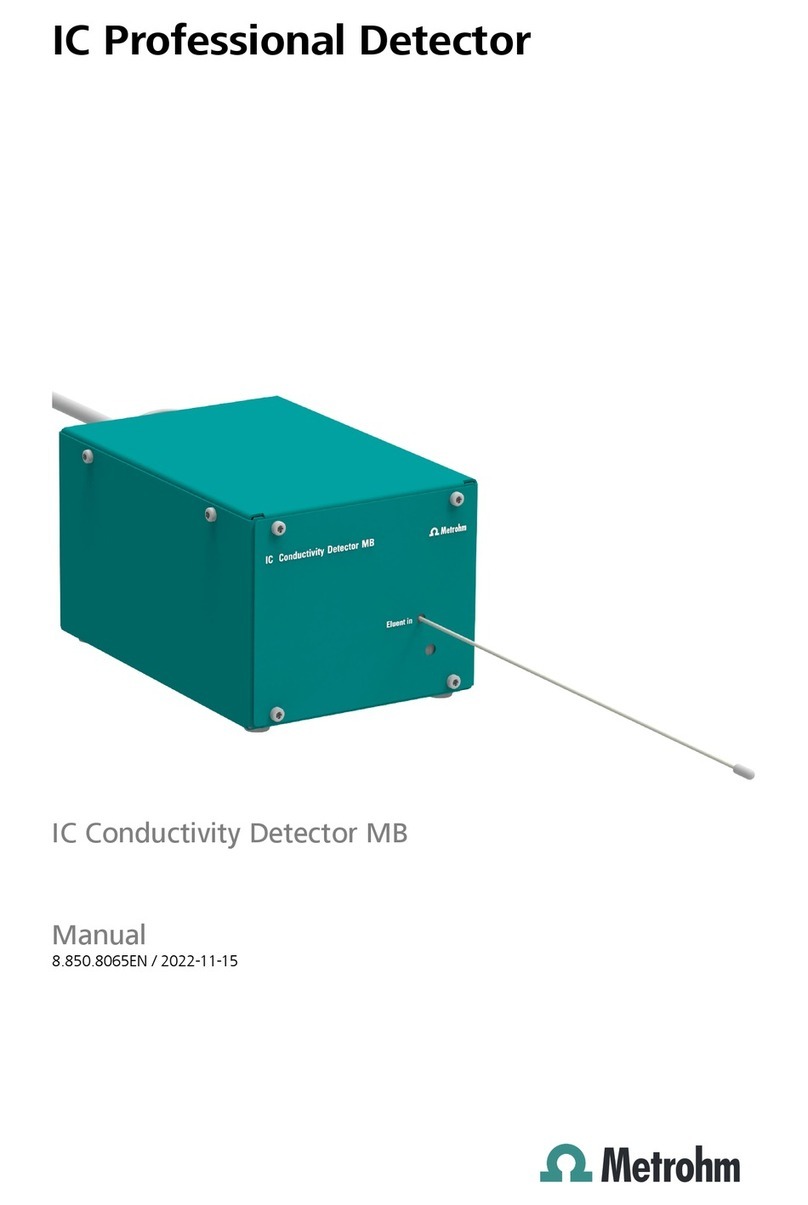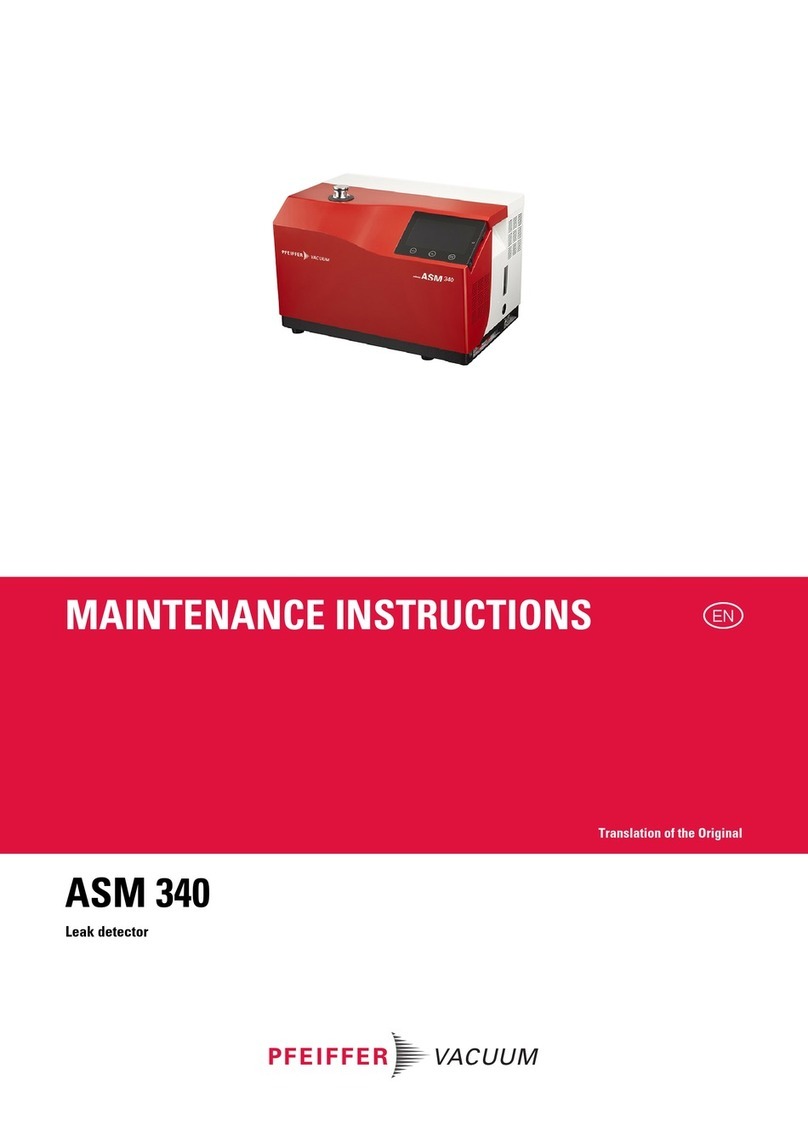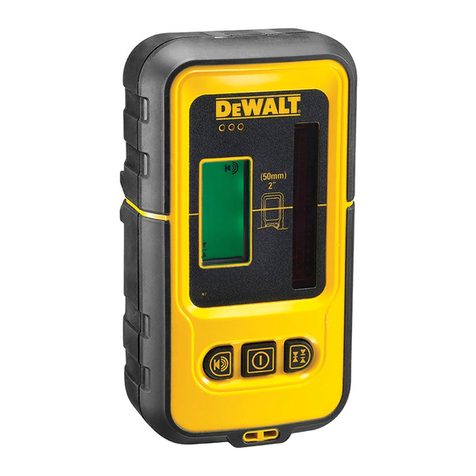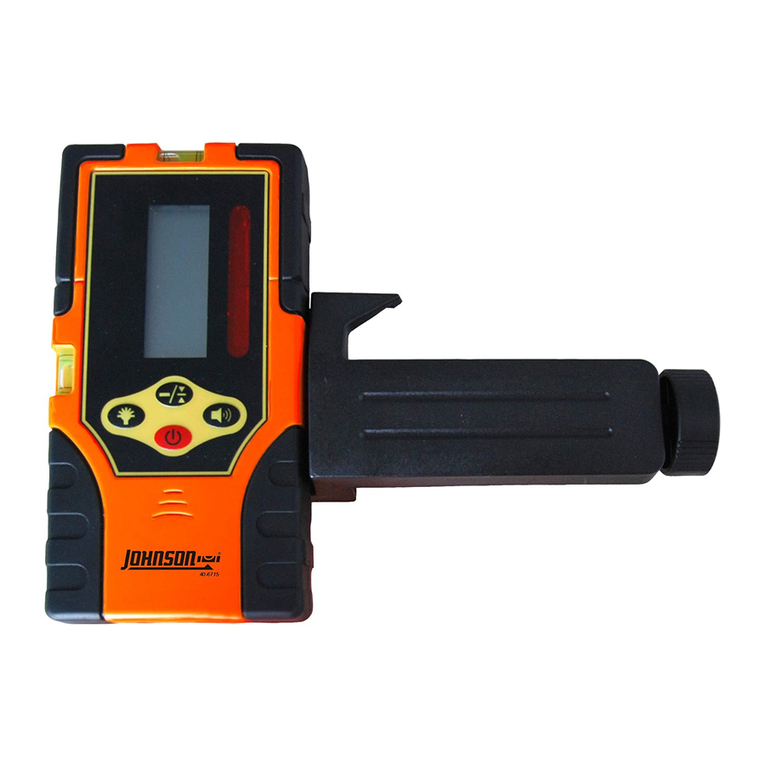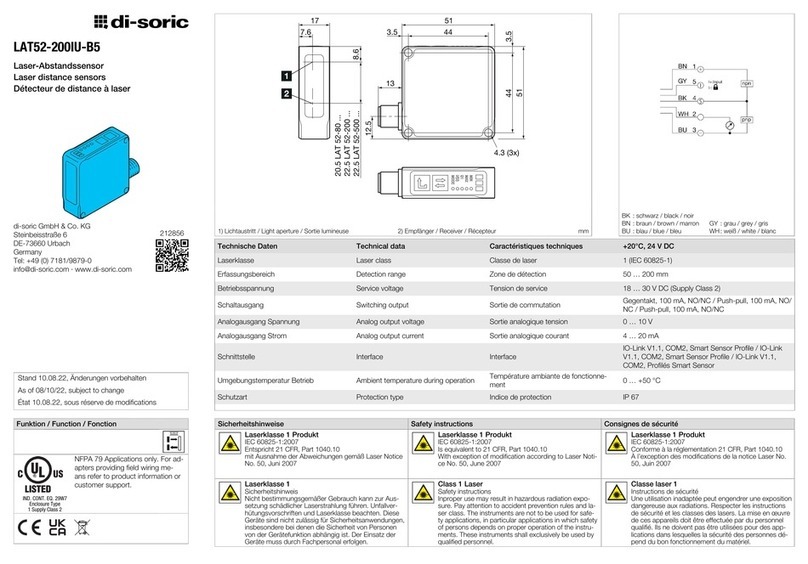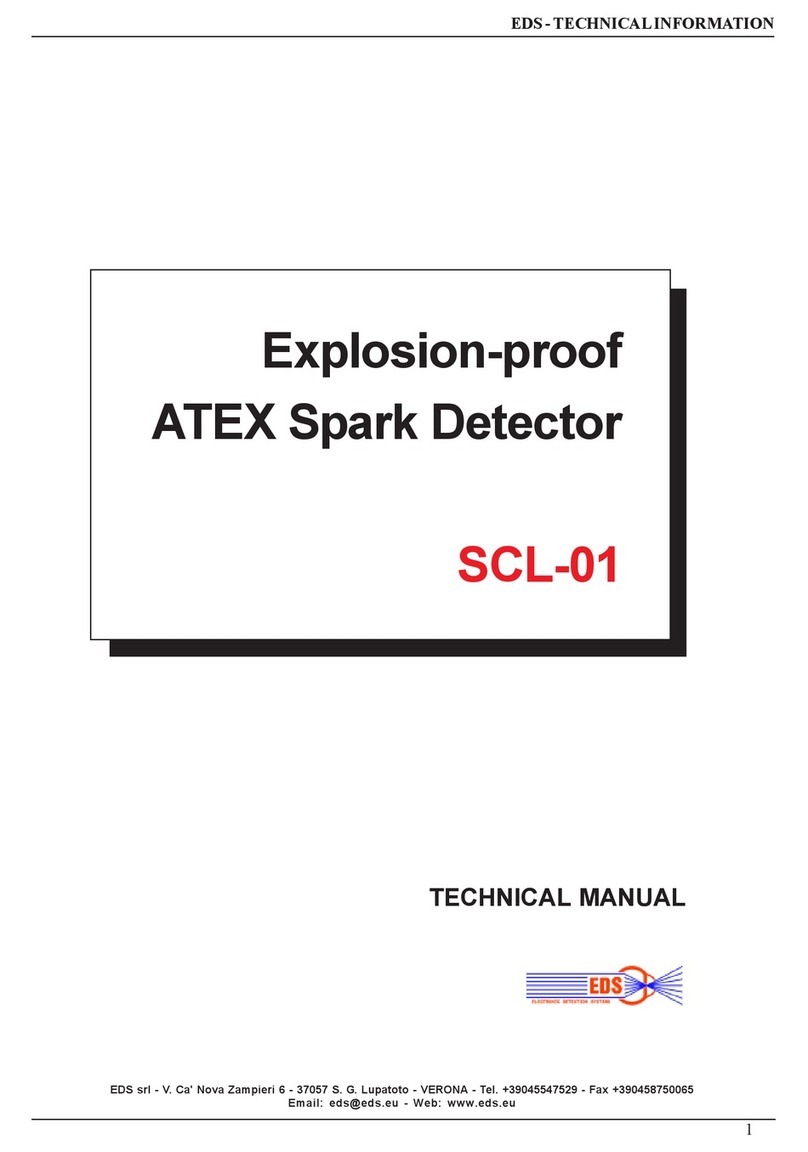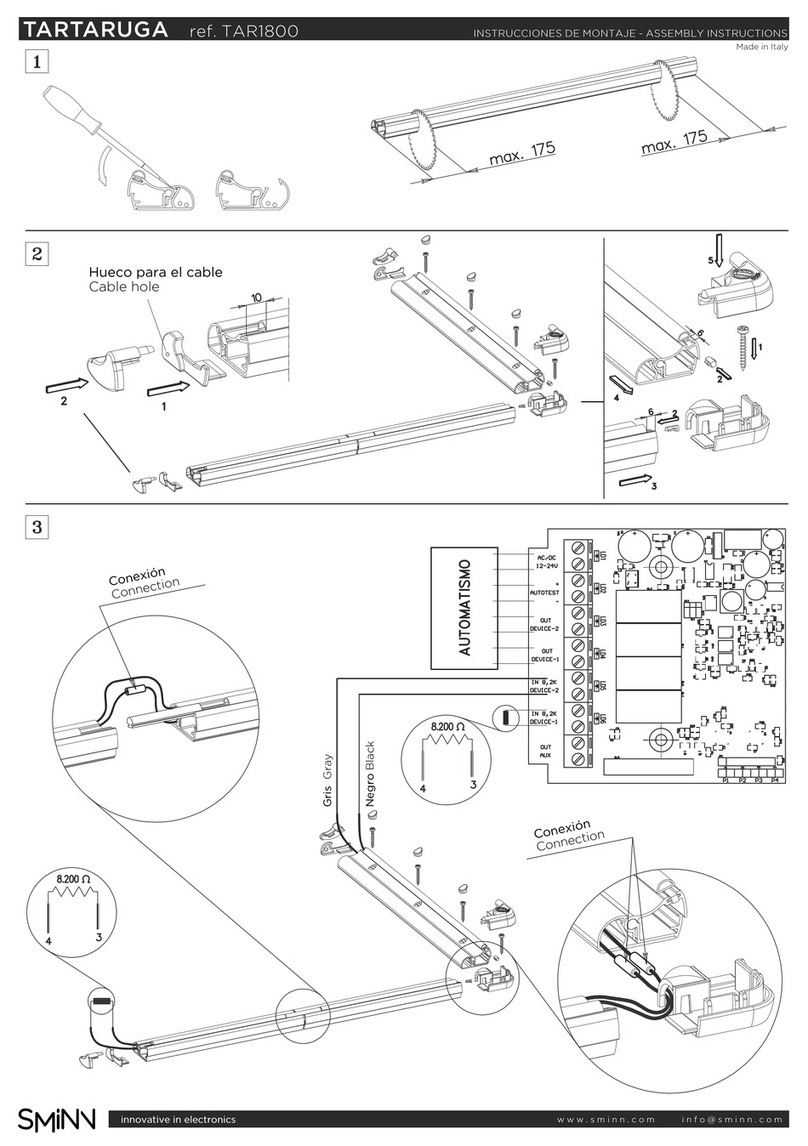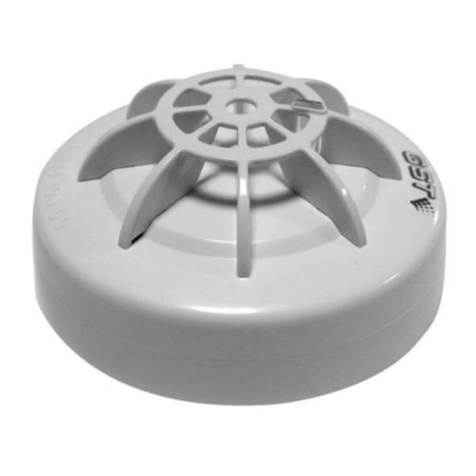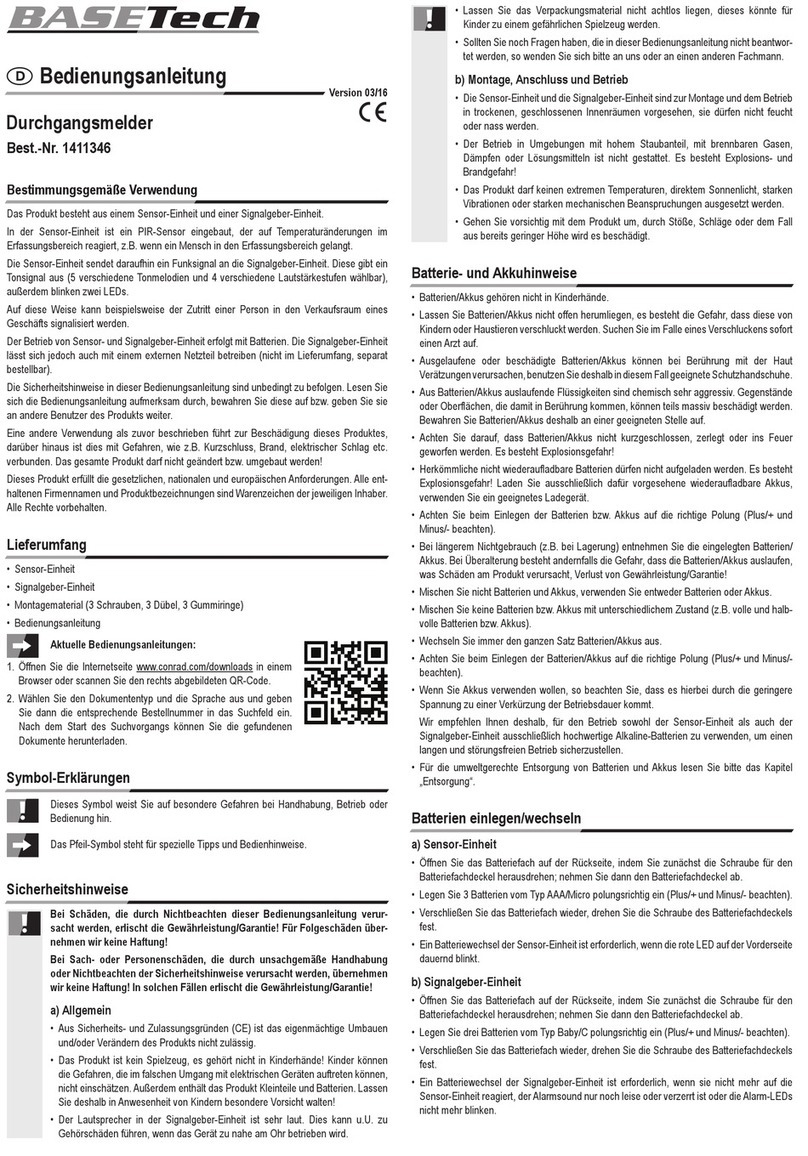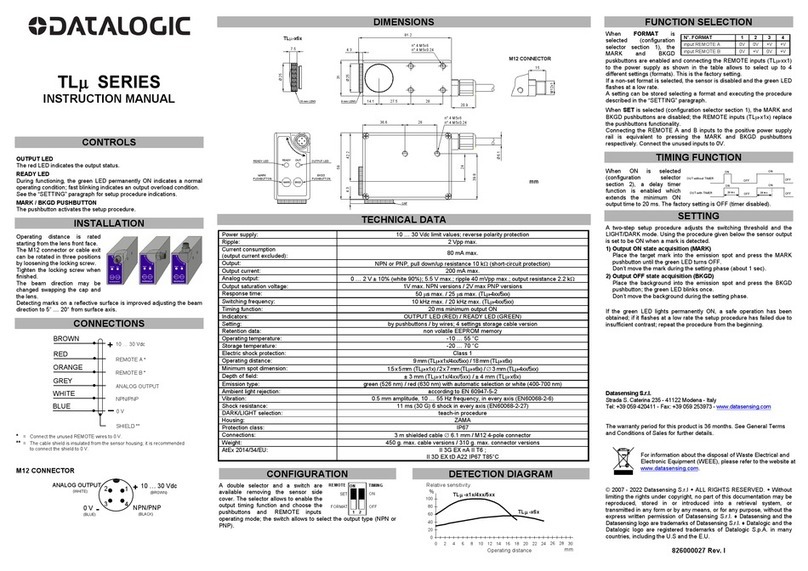
December 5, 2017, 715004753 Rev. B
Page xi
4 Diagnostic Tests and Troubleshooting ............................................................... 53
4.1 Diagnostic tests ......................................................................................................................... 53
4.1.1 Verifying the detector calibration.................................................................................... 53
4.1.2 How to read lamp energy............................................................................................... 54
4.1.3 Performing the erbium calibration.................................................................................. 54
4.1.4 How to read the calibration values................................................................................. 54
4.1.5 Displaying the rear-panel interface connections............................................................ 55
4.1.6 Changing the rear-panel interface connections ............................................................. 56
4.2 General troubleshooting ............................................................................................................ 56
4.2.1 Troubleshooting lamps................................................................................................... 56
4.2.2 Power surges................................................................................................................. 56
4.2.3 Clearing bubbles from the flow cell................................................................................ 57
4.2.4 Detector troubleshooting................................................................................................ 58
5 Spectral Contrast Theory ..................................................................................... 61
5.1 Comparing absorbance spectra ................................................................................................ 61
5.2 Representing spectra as vectors ............................................................................................... 62
5.2.1 Vectors derived from two wavelengths .......................................................................... 62
5.2.2 Vectors derived from multiple wavelengths ................................................................... 63
5.3 Spectral contrast angles ............................................................................................................ 63
5.3.1 Spectra with different shapes......................................................................................... 63
5.3.2 Differences between spectra of the same compound.................................................... 65
5.4 Undesirable effects .................................................................................................................... 65
5.4.1 Detector noise................................................................................................................ 66
5.4.2 Photometric error ........................................................................................................... 66
5.4.3 Solvent changes ............................................................................................................ 66
5.4.4 Threshold angle ............................................................................................................. 67
A Safety Advisories ................................................................................................. 69
A.1 Warning symbols ....................................................................................................................... 69
A.1.1 Specific warnings........................................................................................................... 70
A.2 Notices ...................................................................................................................................... 71
A.3 Bottles Prohibited symbol ......................................................................................................... 71
A.4 Required protection ................................................................................................................... 71
A.5 Warnings that apply to all Waters instruments and devices ...................................................... 72
A.6 Warnings that address the replacing of fuses ........................................................................... 75



















